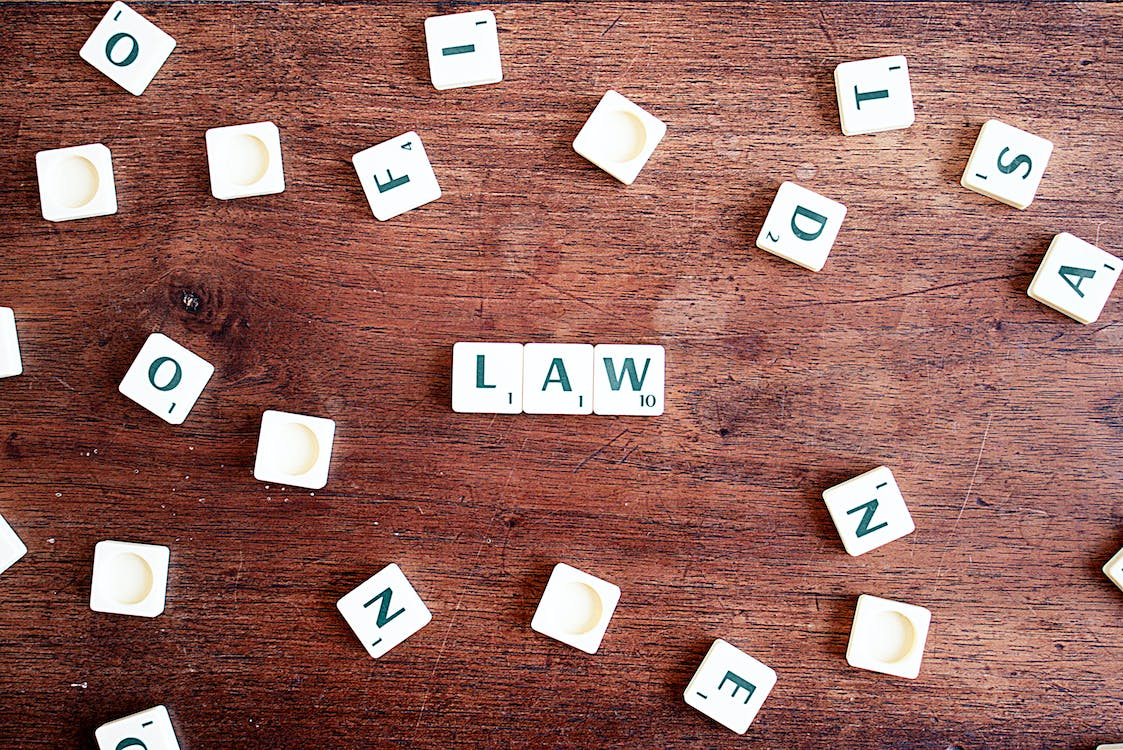A Power of Attorney (POA) is a document that allows you to give another person the right to act on behalf of another person. It can be useful when you are temporarily absent or when you are unable to manage your affairs, such as finances, health or real estate. A power of attorney can also be an important planning tool for unexpected circumstances, such as illness or an emergency.
Although the document can provide many benefits, using it can also have its risks and drawbacks. Therefore, it is important to understand how to properly execute a power of attorney and what powers can be granted. Like any other legal action, a power of attorney can involve some monetary costs, such as:
- the state fee for registering a power of attorney;
- notary’s fee for certifying signatures on a document;
- the cost of the attorney’s services in using the power of attorney to manage finances or property;
- potential financial losses caused by the actions of the power of attorney;
- differences in the cost of notaries in different regions.
How To Draw A Power of Attorney Properly?
To execute a power of attorney properly, you need to start by choosing the right type of document and checking the requirements of the local jurisdiction. It is important to make sure that all information included in the power of attorney is accurate and complete, and that all rights and powers granted to the attorney are clearly stated. To save time and avoid mistakes, you can use a ready-made power of attorney template that meets all needs and legal requirements. After all the required fields are filled in and the signature is affixed, the power of attorney should be certified by a notary or other official. A power of attorney is a legally binding document, so it is important to follow all requirements and verify the validity of the document before using it.
What Are the Main Types of Powers of Attorney?
- One of the main types of powers of attorney is the general power of attorney. It gives the attorney a wide range of powers, including managing finances, signing documents and transactions on behalf of the principal, managing the bank account, etc. This form of power of attorney can be useful if the principal wants the attorney to be able to represent him in a wide range of situations.
- Limited power of attorney gives a fiduciary a limited set of powers, usually only for certain purposes, such as selling real estate, signing documents, or managing a bank account. A limited power of attorney can be useful if the principal wants to give the attorney specific powers only for a certain period of time.
- Health Power of Attorney. It allows the person to appoint a proxy to make decisions on his name in case he becomes incapable of making decisions for himself. This form of power of attorney is usually used for medical matters, such as medical choices and end-of-life decisions.
- Death Power of Attorney. It gives the power of attorney to the trustee to manage the settlor’s estate in case of the settlor’s death. This form of power of attorney can be especially useful if the settlor wants his assets to be placed in the hands of the trustee after his death.
All types of powers of attorney must be in accordance with local law and can be obtained by using a special power of attorney form.
How to Change or Cancel a Power of Attorney?
There are several ways to change or cancel a power of attorney. If you wrote the power of attorney yourself, you can simply write a new document that cancels the old one. But if a poa sample was used or when the document was written by a lawyer, then you need to write a new document to change or revoke the power of attorney, which cancels the old power of attorney.
In Pandadoc, a document creation program, you can change or revoke a power of attorney very easily. First, you need to create a new document that cancels the old one. Then, in the new power of attorney, you should indicate that the old power of attorney has been revoked and that the new document completely replaces the previous one.
If you want to change the power of attorney, the new document must contain all of the changes you want to make. For example, if you need to change the list of powers that are given to the power of attorney, it is necessary to explicitly state these changes in the new power of attorney. It is worth noting that the changes must be approved by the trustor and the trustee.
When you have written a new power of attorney, you need to sign it and have it notarized. The notary will confirm the authenticity of the document and make sure that the trustee and the principal have signed the document.
Conclusion: Why Can a Power of Attorney Be Useful?
A power of attorney can be used in various situations, from managing finances to selling real estate. Before signing one, it is important to understand all the nuances. One of the most important aspects is choosing a power of attorney. It is also essential to keep in mind that some types of powers of attorney may require specialized knowledge or skills.
Another important point is the powers that can be granted to the trustee. They can be very broad or limited, depending on the specific situation. In addition, it is important to know how to properly execute a power of attorney. It should be a legally correct document that will contain all the necessary details. It must also be signed as required by law.






